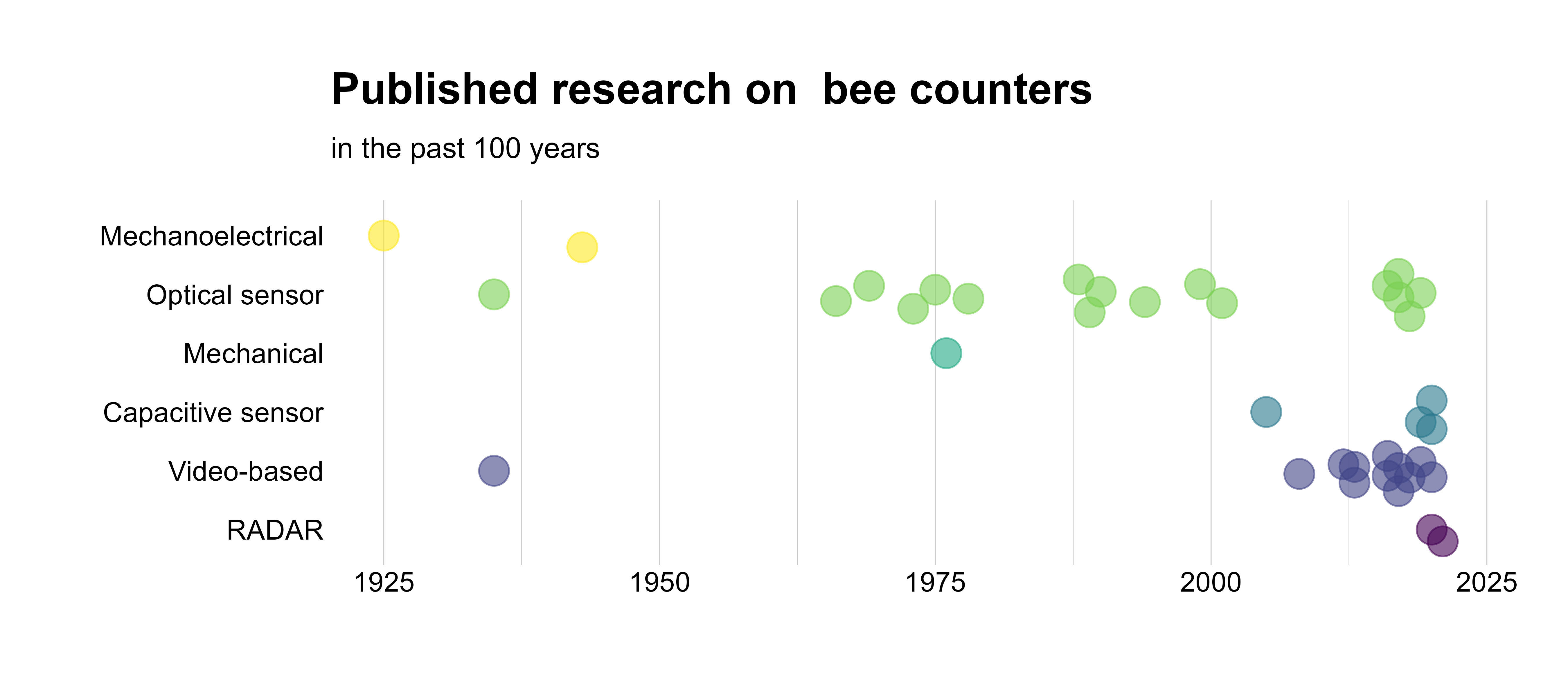DOI: 10.1016/j.ophoto.2024.100063
Introduction: Pollen analysis has long been a cornerstone of ecological research, enabling the assessment of plant-pollinator interactions, biodiversity, and environmental change. Traditionally, methods for assigning pollen to its botanical origin have ranged from labor-intensive microscopic examination to more recent advancements in chromatic assessment. Among these approaches, color-based classification holds particular promise for its simplicity and potential applicability in bee monitoring systems. However, a fundamental challenge persists: the striking similarity in color between pollen grains from different plant species.


